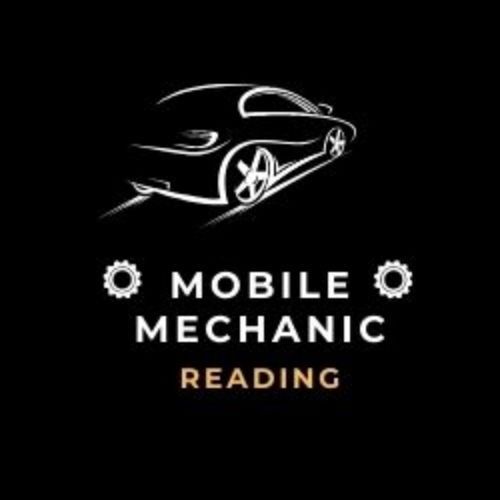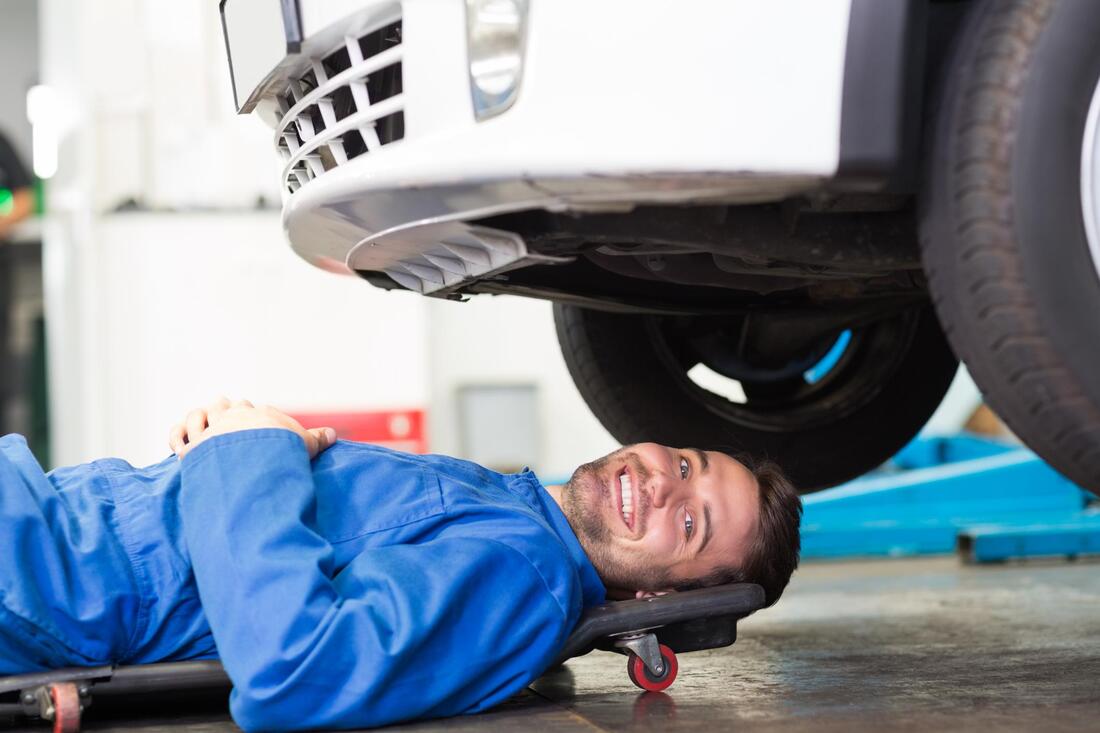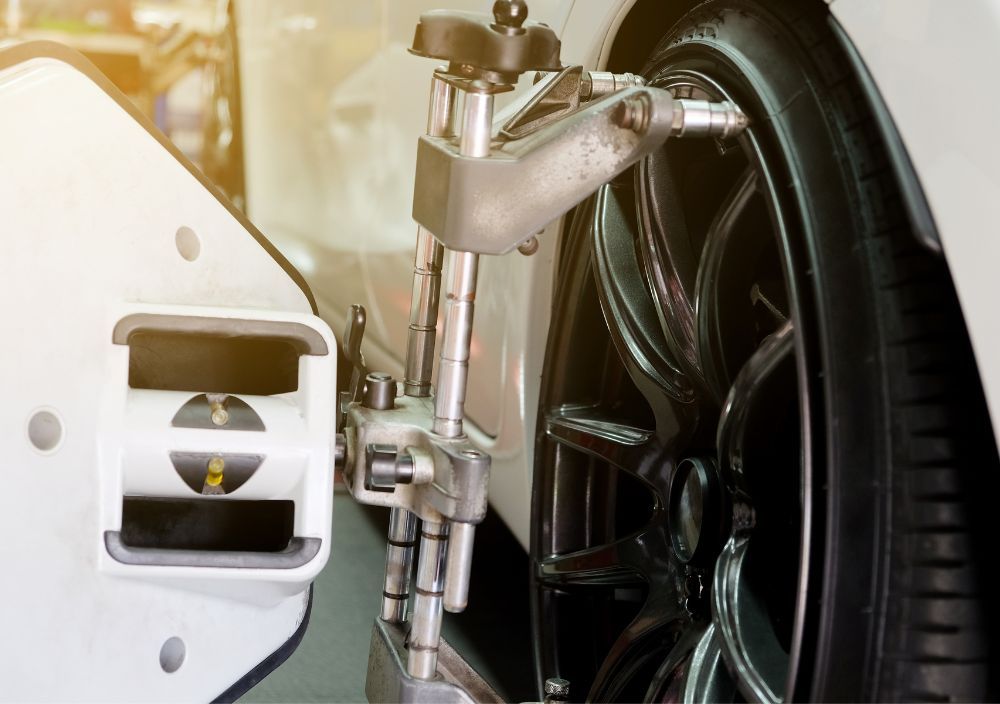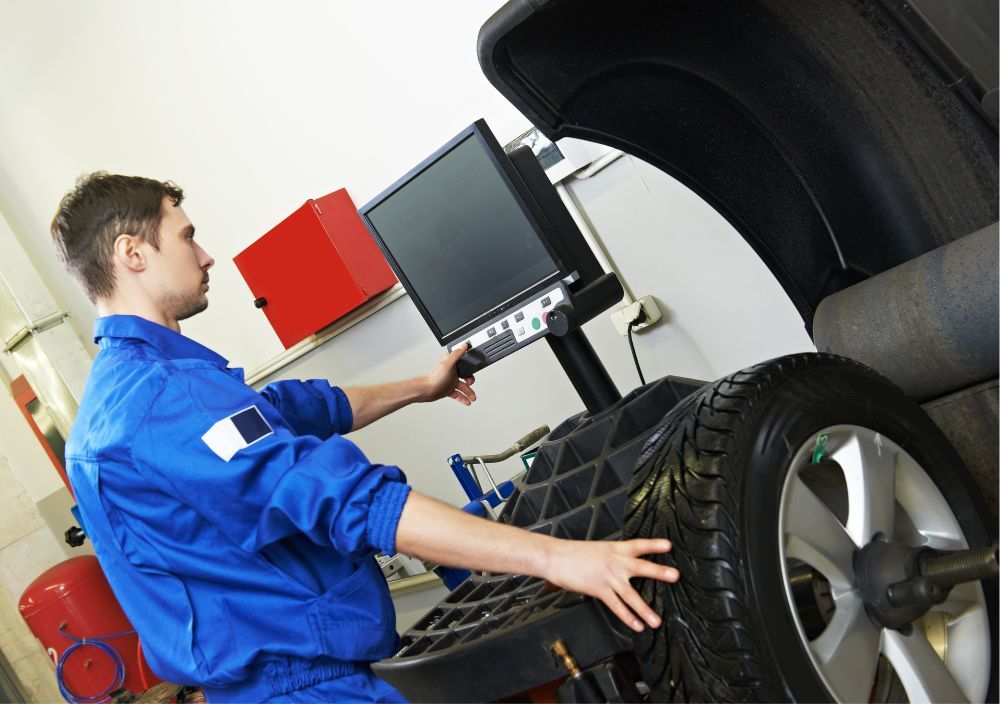Mobile Wheel Alignment
Mobile Wheel Alignment near me
Whilst it some signs that you car needs wheel alignment may not seem as dangerous if you suspect issues with your wheel alignment it is good practice to get it looked at sooner rather than later.
As with any car issue. If one problem is left it can have a knock on effect putting additional work and strain onto other components which can end up costing a lot more to fix in the long run.
Misaligned wheel cause uneven tyre wear and with the price of tyres only going one way it makes sense to make them last s long as possible.
If you car does have a quite noticeable veer then this does cause a road danger both to yourself and other road users and it is very easy to get a slight distraction whilst driving and for the vehicles position to be a lot further out than you may have anticipated and too late for correction.
Wheel Alignment Reading
So what are some of the symptoms indicating that you will need to arrange wheel alignment in Reading?
The most obvious is a pulling of your vehicle to the left or right. If you are on a straight road and let the steering wheel hold its own line and it doesn't then this is a sign. Similarly if you know you need to apply turning pressure to the steering wheel just to keep straight on the road - there is an issue, especially if you steering wheel is not in the straight position but your wheels are.
However, since a veer to one side can also be caused by a deflated tyre please eliminate this as the cause before getting in touch. Check all you tyre pressures regularly as this is very good practice as it will help your vehicle run efficiently, prevent premature tyre wear and at least give you assurance that if your car is veering that it isn't a tyre issue. If you notice uneven tyre wear and you have been on top of your tyre pressure this is an indicator that there is a misalignment issue.
If you notice your steering wheel shaking or the whole
car shaking on a smooth road these are two more indicators and you'll need your wheels realigning.
Wheel Alignment services near me
So why is it important to arrange wheel alignment services near me, when you notice some of the above symptoms? As we've already touched upon as well as the potential driving risks there are other mechanical risks. Tyre wear being one of the main ones. Aside from the costs of replacing worn tyres, the tread on a tyre plays an important part in the car's on road performance. Uneven tyre wear can effect stopping distances. So if you suspect issues with your alignment or wheel tracking as it is sometimes called do get your car booked in. The alignment criteria for your wheels should be done to the specific alignment recommendations made by the car manufacturer for your vehicle's make and model and at Mobile Mechanic Reading we always car out our wheel alignment to your manufacturers specifications to ensure top performance of your vehicle.
Wheel Alignment Reading
To sort out the issues you may be having with your vehicle we will need to get your vehicle to our garage workshop in Reading as the wheel alignment machine is a heavy piece of equipment which isn't readily mobile. To configure the wheel position properly three different adjustments are made to the camber, caster and toe. The toe position effects the handling of the car in relation to the steering wheel and the centre position on the vehicle. The castor angle related the the front to back angle of the vehicle (an exaggerated version of this will be seen in drag racing cars where the rear wheel is much larger than those at the front). The camber related to the tilt of the wheel. If the top of the wheel is leaning slightly inwards this is a negative camber and if outwards it will be termed a positive camber. Camber angles and suspension play a major part in Formula 1 racing where slight negative cambers help traction when cornering a high speed.
Need help?





